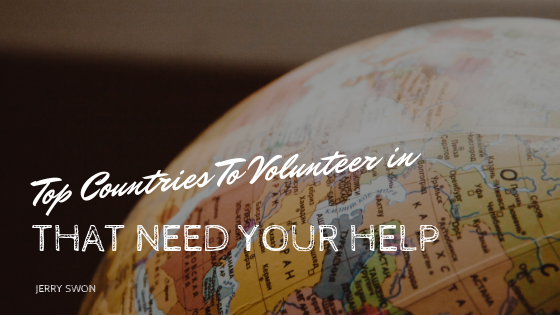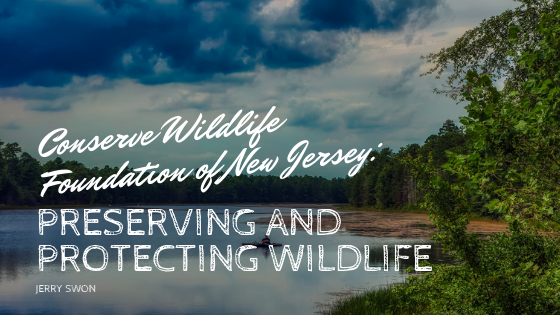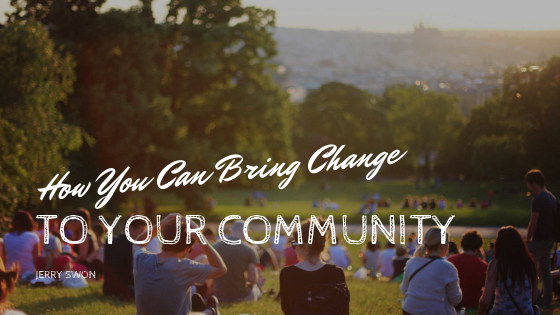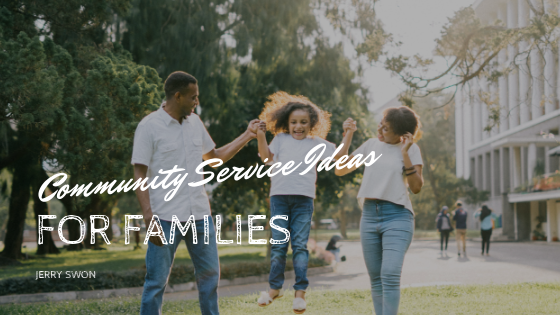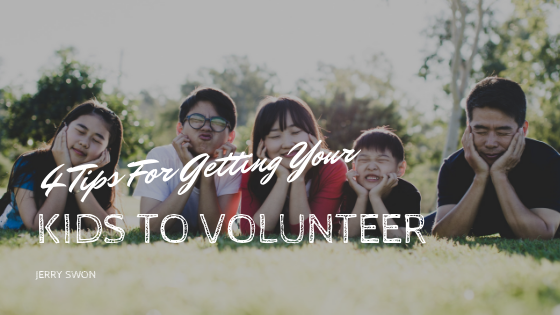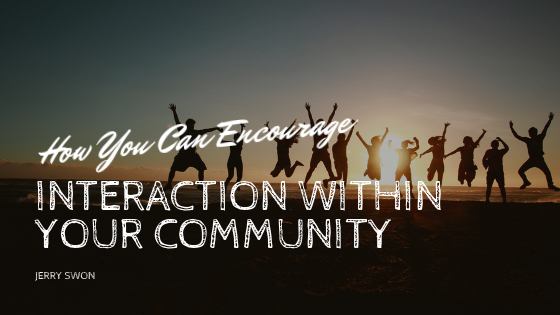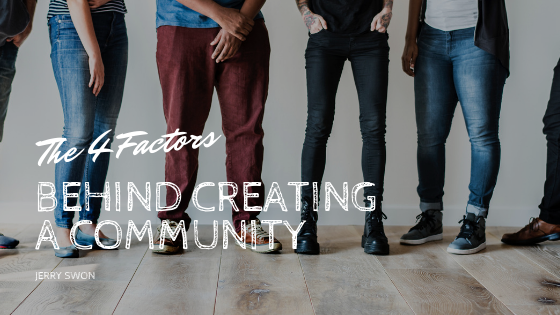Want to make a difference, but not sure where to start? Volunteering abroad can be a life-changing experience and make a positive impact on the world. You don’t have to confine yourself to United States boarders. There are many countries all over the world who need a lending hand from others. The following are the top countries that need the most support from committed volunteers.
Morocco
Morocco needs volunteers in healthcare and education. A high percentage of the country’s rural population still lives in poverty, despite a massive year-on-year commitment the government made in 2005. Volunteers seeking to make a difference in public health and women’s rights will also find ample opportunities here. Morocco follows strict Islamic customs, so volunteers should keep that in mind in their dress and behavior.
Mexico
Many immigrants come through Mexico seeking a better life in the United States. Mexico needs volunteers in healthcare and community development. People interested in biology may also be interested in joining a marine conservation project. Mexico has a sharp divide between what tourists see and experience and the daily life of its people. Pay attention to the latest warnings from the United States State Department to know which places to avoid.
Fiji
Fiji has over 300 islands. There are plenty of opportunities to volunteer in ecotourism or marine conservation. Would-be teachers might look for a chance to teach English or coach local sports. English is spoken fairly widely here, so communication isn’t difficult. However, Fiji is fairly remote and expensive to get to when compared with other volunteering opportunities abroad.
Peru
Peru’s economic inequalities lead volunteers from all over to this beautiful, mountainous country. Volunteers can contribute in community development, construction, and teaching English. Be aware of the lack of modern hygiene, but don’t let that be a barrier to making a difference.
Haiti
Haiti has been pummeled by political strife and natural disasters for years. The country is still rebuilding from an earthquake in 2010. Hurricane Matthew in 2016 has set redevelopment back even further. There are plenty of ways to volunteer in disaster relief and reconstruction. Volunteers should take the time to fully educate themselves about the requirements of their chosen program before embarking on a volunteer trip to Haiti.
Thailand
Thailand is a popular destination for backpackers, foodies, and adventurers. It’s also a great place to volunteer. One of the biggest ways to give back is in elephant protection. However, volunteers should seriously educate themselves about Thailand’s complicated sociopolitical situation before hopping on a plane.

